New research finds drivers shouldn’t rely on in-dash fuel economy displays
PORTLAND, Ore., – How accurate are in-dash fuel economy displays in your vehicle? New research from AAA shows these systems aren’t always accurate, especially for shorter trips, and can be impacted by speed and acceleration. This means drivers could be taking an unnecessary risk if they rely on these displays. To avoid running out of gas, AAA recommends that drivers fill up when the gas gauge gets to a quarter of a tank.
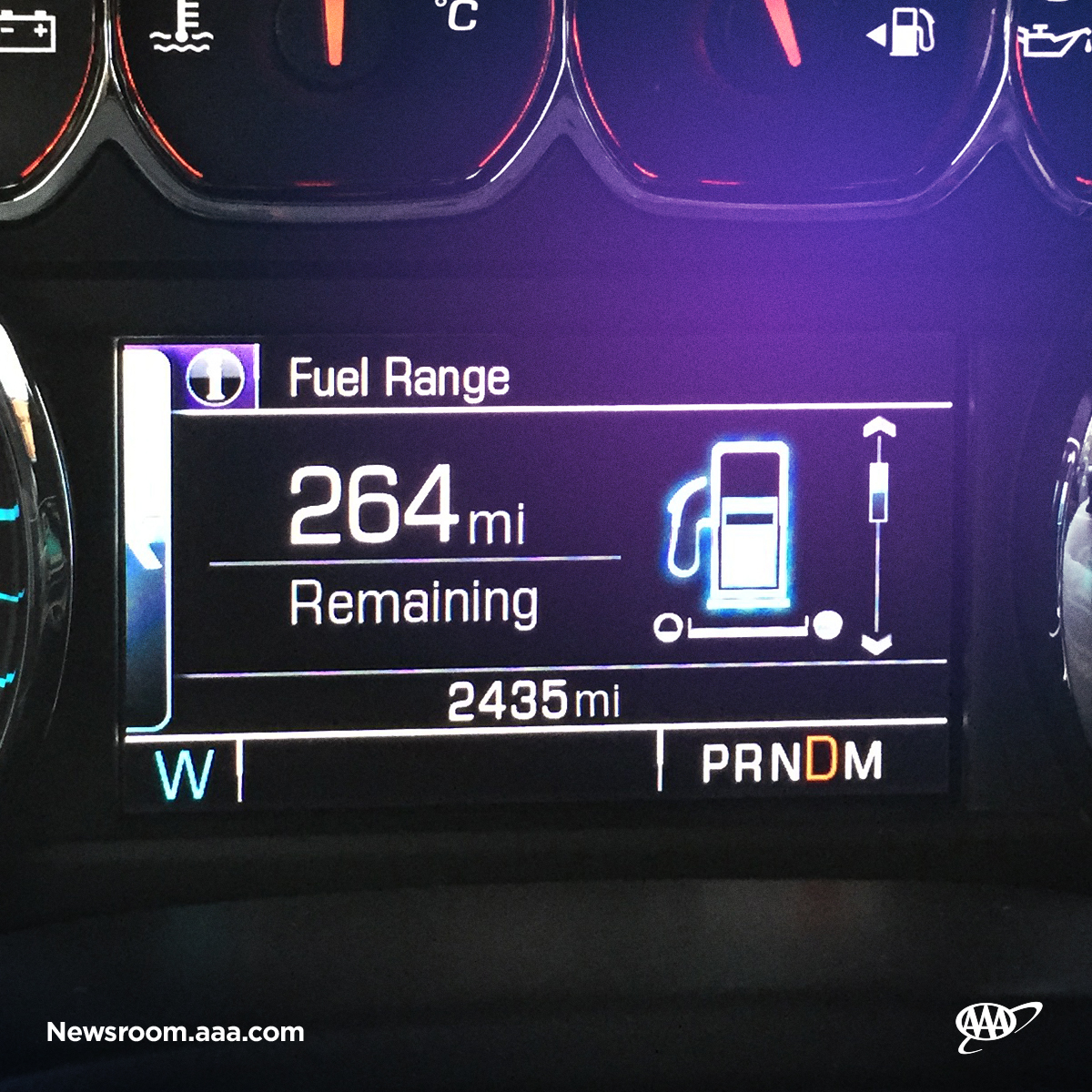
AAA in collaboration with the Automotive Research Center (ARC) of the Automobile Club of Southern California, used a dynamometer, essentially a treadmill for vehicle testing, to run selected vehicles through a series of simulated driving scenarios to determine the accuracy of the fuel economy estimation and range value (aka “miles-to-empty”) systems.
“Our tests show that the systems we tested were relatively accurate. However, different driving scenarios including changes in speed, acceleration and distance can greatly impact the accuracy of these systems,” says Marie Dodds, public affairs director for AAA Oregon/Idaho. “Our advice to drivers is to use fuel economy displays as a rough guide and know that they’re not 100% accurate.”
Here are links to the fact sheet and final report.
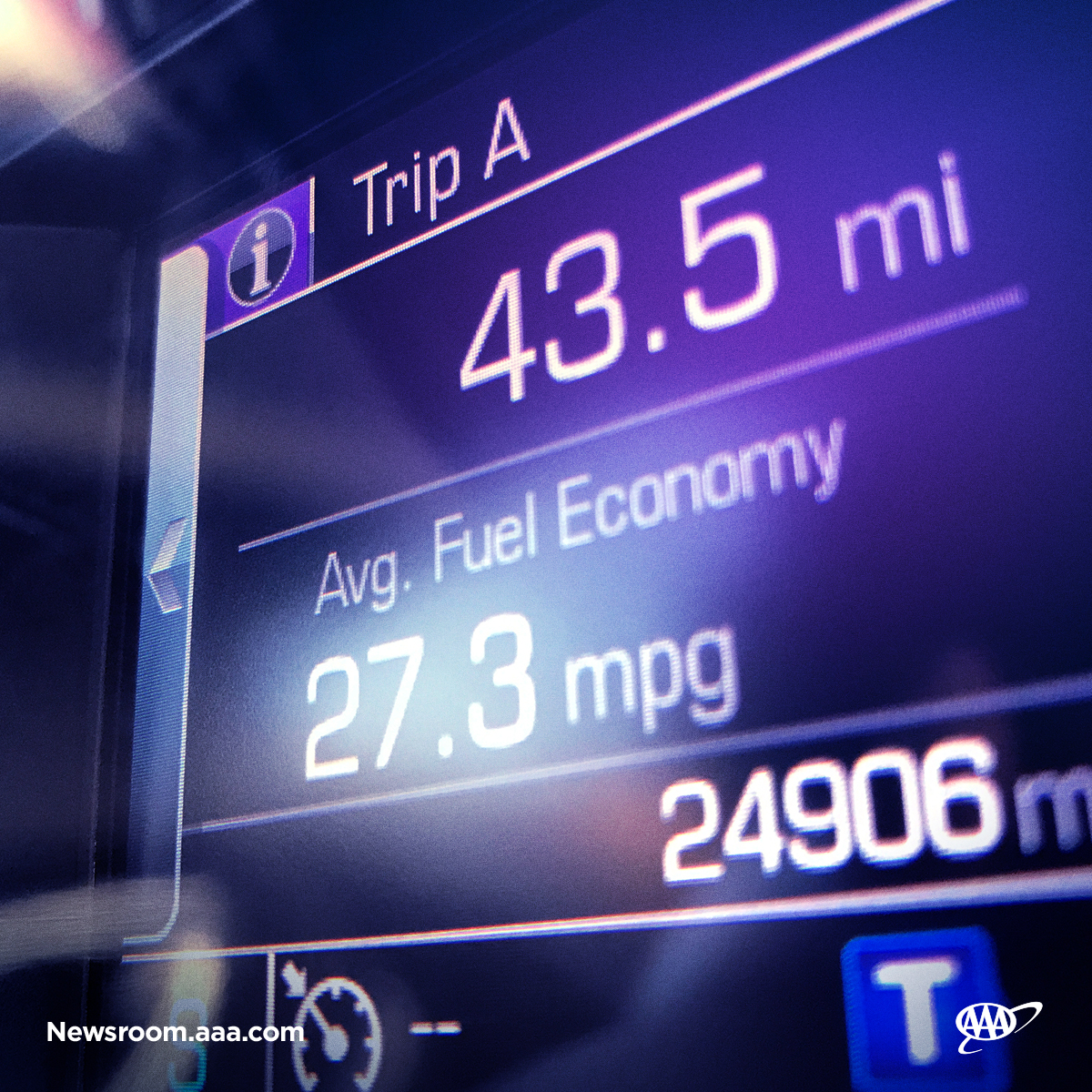
On average, the fuel economy display of the vehicles tested showed a relatively low error of 2.3% as compared to the fuel economy measured by the dynamometer. However, individual vehicle error varied greatly, ranging from −6.4% to 2.8%. The negative number indicates that one test vehicle overestimated fuel economy by 6.4% or 2.2 mpg, while another underestimated it by 2.8% or 0.9 mpg. These specific results suggest that each vehicle reacted to changes in driving differently, and that the accuracy can be impacted by driving style and conditions.
Testing of the “miles-to-empty” display found similar results with accuracy fluctuating across driving scenarios. While each manufacturer likely uses a unique algorithm to estimate vehicle range, it can be assumed that some historical driving data is also used to determine the vehicle’s fuel efficiency for future driving. Therefore, the range estimation, at any given point, is affected by the vehicle’s most recent driving conditions.
“We ran our test vehicles through different driving situations ranging from cruising at highway speeds to being stuck in traffic to typical city driving,” said Megan McKernan, manager of the Automotive Research Center. “Despite the irregularities our testing found, a vehicle’s fuel economy display is an important tool to understand how different driving styles impact how efficiently a vehicle uses fuel.”
The information displayed by these systems can give drivers a clearer picture of how their specific driving habits influence their fuel economy. To do this, drivers should reset their vehicle’s trip data after filling up, and then watch how their fuel economy display changes as driving conditions change.
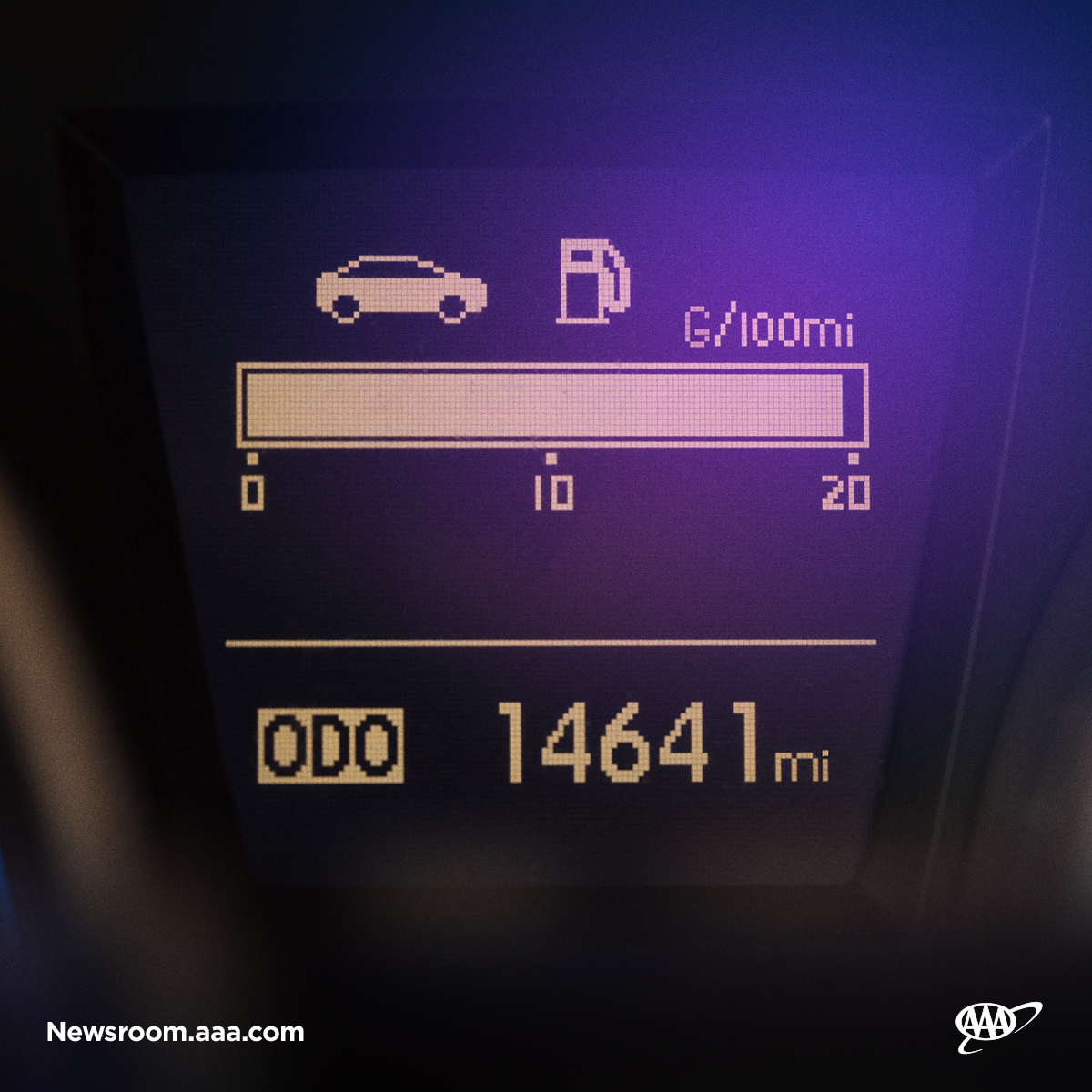
Maximizing Fuel Economy is Key as Gas Prices Reach 7-year High
In recent weeks, gas prices have reached their highest point in seven years. To offset some of this additional cost, AAA recommends drivers do the following:
- Plan ahead and run multiple errands in one trip, and whenever possible avoid times of day when traffic is heavier.
- If you own more than one car, use the most fuel-efficient model whenever possible.
- Avoid hard acceleration to maximize fuel economy, and always inflate your tires to the recommended pressure found inside the driver’s side door or owner’s manual.
- Remove unnecessary and bulky items from your car. Minimize your use of roof racks and remove special carriers when not in use. Smaller cars weighed down by heavy cargo will have a greater reduction in fuel economy than larger models designed to carry more weight.
- Consider minimizing your use of air conditioning. Even at highway speeds, open windows have less effect on fuel economy than the engine power required to operate the air conditioning compressor.
- In hot weather, park in the shade or use a windshield sunscreen to lessen heat buildup inside the car. This reduces the need for air conditioning (and thus fuel) to cool down the car.
While these tips will help improve fuel economy, AAA reminds drivers it’s best to always have at least a quarter of a tank of gas. This will ensure drivers have enough fuel in case of unexpected delays and also helps to prevent fuel pump damage that can occur when a vehicle’s gas tank is regularly run down to empty.
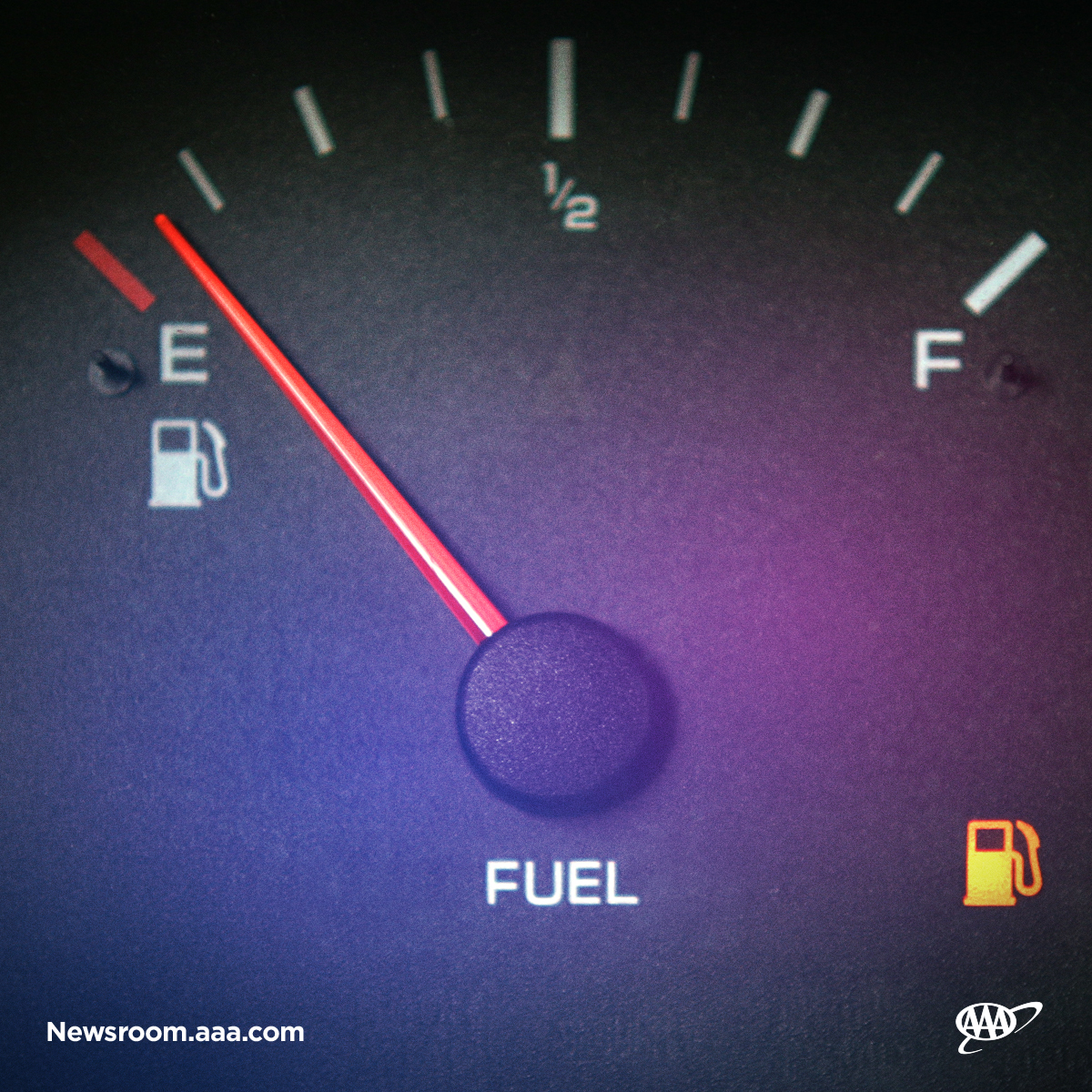
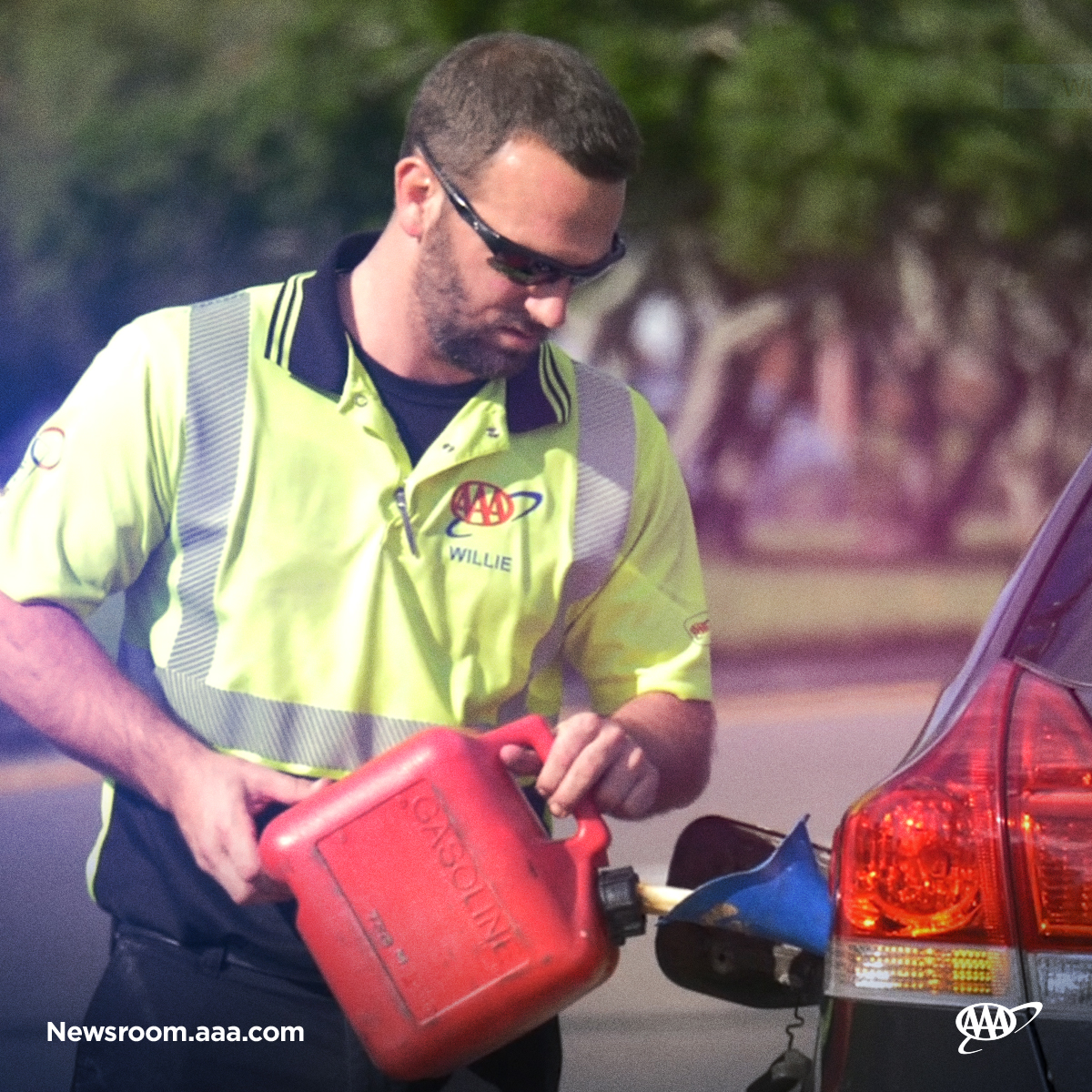
About AAA
AAA provides more than 62 million members with automotive, travel, insurance and financial services through its federation of 30 motor clubs and more than 1,000 branch offices across North America. Since 1902, the not-for-profit, fully tax-paying AAA has been a leader and advocate for safe mobility. Drivers can request roadside assistance, identify nearby gas prices, locate discounts, book a hotel or map a route via the AAA Mobile app. To join, visit AAA.com.
Find current fuel prices at GasPrices.AAA.com.
AAA news releases, high resolution images, broadcast-quality video, fact sheets and podcasts are available on the AAA NewsRoom at NewsRoom.AAA.com.
Find local news releases at https://oregon.aaa.com/community/media/media-contacts.html

